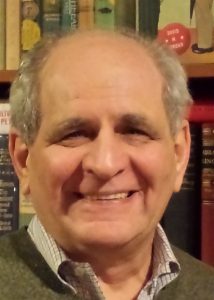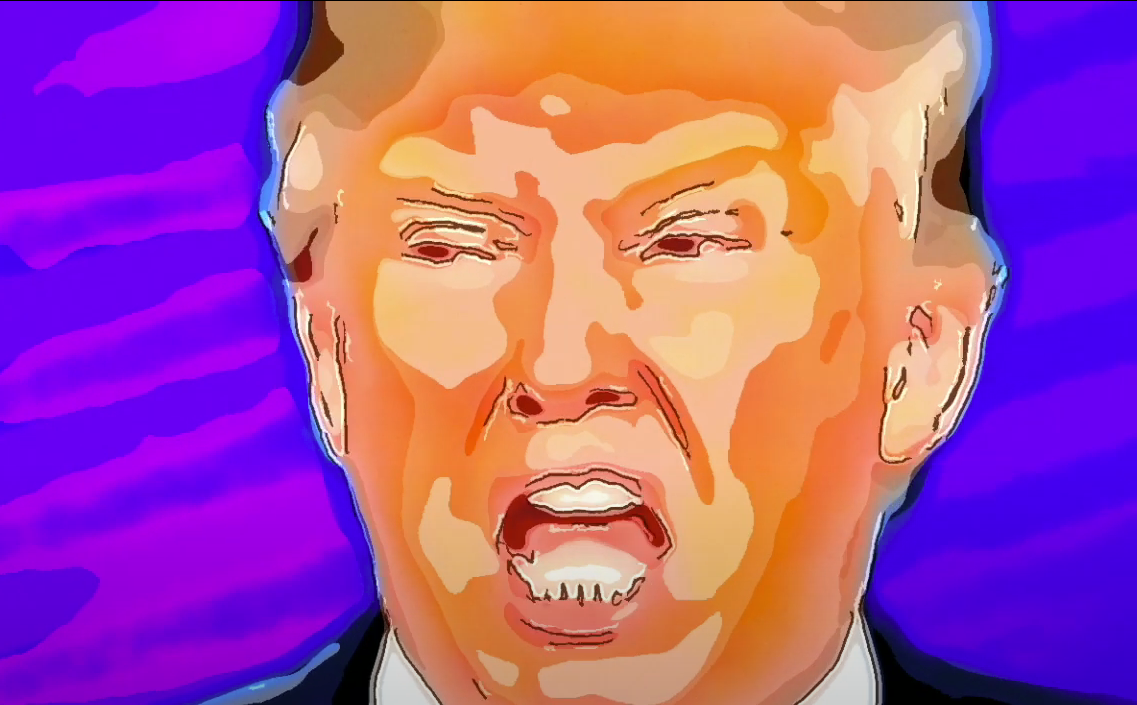BY PETER MANCUSO | Usually, I avoid “war stories.” Every former cop has them and I don’t consider mine to be so exceptional. But time is of the essence with American democracy facing a great challenge and this story may be instructive.
The incident goes back to the mid-1970s and takes place in Manhattan’s East Village and in New York County Supreme Court; more precisely, around 1 a.m. on E. Ninth St. between Avenues C and D in winter and, several days later during a “suppression of evidence” hearing.
I was a young sergeant assigned to the Ninth Precinct from 1973 to 1977.
The facts were simple and simple to recount. We were on Avenue C a half-dozen blocks from E. Ninth St. in an unmarked police sedan when the radio dispatcher transmitted, “Shots fired, vicinity of E. Ninth and D,” which had been the general location of several homicides within the preceding few weeks.
From the back seat, I instructed the driver to affix the portable red revolving light to the roof of our car and go north on Avenue C without a siren. As we approached E. Ninth, which is one-way, westbound, I directed him to slow down and enter E. Ninth St. in the wrong direction (eastbound) and creep the car slowly down the street, leaving the revolving light in place to reduce the potential of a collision.
Not a quarter of the way into E. Ninth St., we saw two men in overcoats ahead of us on the north sidewalk, walking side by side toward us, heading westbound, in the opposite direction of our “wrong-way” slowly moving sedan. As the two men and our vehicle had just slightly passed the half-block point, I ordered the vehicle to stop and I exited it from the right side (south side), unzipping my jacket for easier access to my firearm. I shouted to the two men, “Police! Freeze! Hands up! Face the Wall!” to which they instantly complied.

Now, as all three of us, the driver and his partner and I, approached the two men, we drew our firearms and commanded them to put their hands on the wall. We proceeded to pat down the two overcoat-clad men, who were both armed with loaded (though unfired) semiautomatic pistols.
Both men were arrested and arraigned by one of the officers from the vehicle.
Several days later, a hearing for the suppression of evidence was held in Manhattan Supreme Court. (Both men had extensive criminal records, which were unknown to us at the time of their arrest.”)
Being the supervisor on the scene, I was summoned to court to testify about my observations and the actions that I took and ordered in conjunction with this arrest. Both men were represented by private counsel. I was sworn in and took the stand and gave direct testimony to the facts that I described above; then, the cross-examination commenced.
“Did either of the defendants take any furtive actions?” I was asked.
“No,” I replied, “we were slowly coming down a one-way street at 1 a.m., in the wrong direction with our portable revolving light, and I observed both defendants walking in the opposite direction at a casual pace and never looking in our direction.”
“Did either defendant attempt to run?” I was asked.
I repeated verbatim the same response that I had just previously given, which the judge took notice of.
The defense continued, “If they were not furtive or did not attempt to run, why did you stop them?”
I replied, “I ordered the stop because they never made eye contact and remained walking at a steady pace until I ordered them to stop. And the radio dispatch was ‘shots fired.'”
The lawyer wanted to change the narrative to “furtive actions” and “running.” I wanted to keep the narrative, “no eye contact” and “walking steadily.” His motion to suppress the evidence was denied.
For defense lawyers, changing the narrative is not out of bounds. Unfortunately, it is often the only strategy their clients who so flagrantly commit crimes leave to them. It is up to a good judge or jury, or even U.S. senators, to recognize and reject the sad ploy.
Donald Trump’s defense team is changing the narrative. They wish to talk about him being unimpeachable because he is no longer the president. They also want to switch the narrative from the fact that “he incited the riot through his false claims that the election was stolen from him,” and substitute the narrative, “that he had every right [under the First Amendment] to say it was stolen,” regardless of overwhelming evidence to the contrary.
There are now, however, as there were in this common police case of nearly 50 years ago, simple facts that can be simply recounted. Among those facts is that on Jan. 6, 2021, Trump was president of the United States, and that he proceeded directly from his “Stop the Steal” rally to the White House. There he observed on live television, for nearly three hours, the violence and destruction of a frenzied mob as they attacked government personnel and property and took physical control of our nation’s Capitol.
During that critical time, Trump watched on television in real time, as people were injured and killed, while others died in their misguided efforts. During these hours (not minutes) he never once took the actions his duty as president demanded of him. He never called for any reinforcements, not from the mayor of Washington, D.C..; the chief of the D.C. police; or the National Guard; nor from the departments of Defense, Justice or Homeland Security or any of their subagencies. He delayed Tweeting his followers to immediately stop their assault, and only did so in the most cunning and shameful way, three hours after the deaths, violence and destruction had started and was still going on.
The greatest narrative here is that Donald J. Trump willfully and publicly failed in this most basic duty to protect life, limb and property. That’s the real and indisputable narrative, and he should be overwhelmingly convicted by the United States Senate and barred from ever holding public office again.
Mancuso earned bachelor’s and master’s degrees in criminal justice from John Jay College of Criminal Justice, of which he was named a distinguished alumnus in 2019. In addition to serving in the East Village’s Ninth Precinct, he was formerly assistant director of training for the New York Police Department. He was awarded the Public Service Award by the Fund for The City of New York in 1986. Since 1987, he has lived in New Hope, Pennsylvania.


Be First to Comment